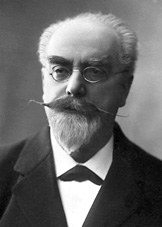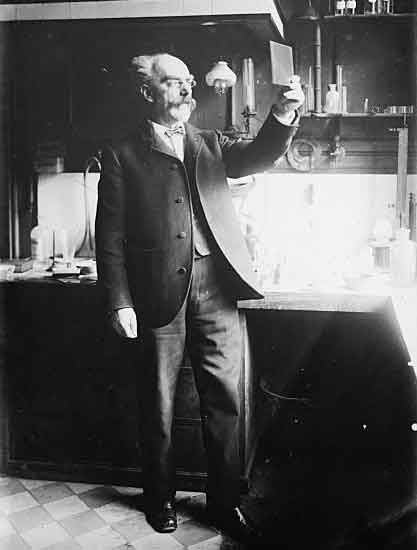<Back to Index>
- Physicist Jonas Ferdinand Gabriel Lippmann, 1845
- Poet Jules Laforgue, 1860
- Emperor of China Hongxi, 1378
PAGE SPONSOR



Jonas Ferdinand Gabriel Lippmann (16 August 1845 – 13 July 1921) was a Franco-Luxembourgish physicist and inventor, and Nobel laureate in physics for his method of reproducing colours photographically based on the phenomenon of interference, later known as the Lippmann plate.
Lippmann was born to Franco-Jewish parents in Bonnevoie (former commune of Hollerich), Luxembourg. When Gabriel was three, his family moved back to France, to live in Paris, where he was homeschooled. Lippmann studied in Heidelberg, received his doctorate in philosophy in 1873, went to Paris in 1875, where he continued to study until 1878, when he became professor of physics at the Sorbonne.
He is remembered as the inventor of a method for reproducing colors in photography, based on the interference phenomenon, which gained him the Nobel Prize for Physics for 1908. He was one of the founders of the Institut d'optique théorique et appliquée in France. He also invented an electrometer that was used in the first ECG machine. In 1908, he devised integral imaging.
Lippmann was a member of the Academy of Sciences from 8 February 1886 until his death, including serving as its President in 1912. In addition to that, he was a Foreign Member of the Royal Society of London, a member of the Bureau des Longitudes, and a member of the Grand Ducal Institute.
Lippmann married the daughter of novelist Victor Cherbuliez in 1888. He died on 13 July 1921 aboard the steamer France while en route from Canada.